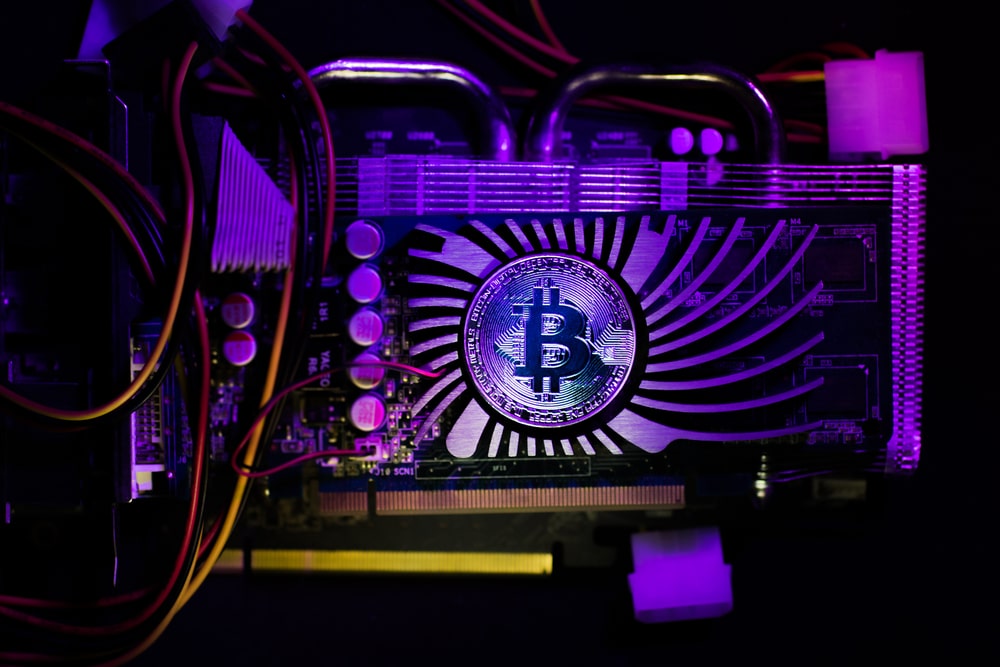The essence of block rewards within the realm of digital currencies plays a pivotal role in sustaining the decentralized ethos that these platforms champion, symbolizing both a tangible and strategic cornerstone of their operations. At its core, a block reward constitutes the remuneration bestowed upon cryptocurrency miners, who labor to validate and record approved transactions within the network. This endeavor, colloquially termed as mining, demands the resolution of intricate computational challenges, thereby contributing processing power to fortify the network and safeguard the integrity of its distributed ledger.
The Dual Role of Block Rewards
Central to the vitality of block rewards is their function as a principal motivator for miners, fostering a competitive environment that bolsters the security and robustness of the network at large. Beyond merely reimbursing miners for their computational labor, block rewards are instrumental in minting new digital currencies and orchestrating their distribution and flow within the economy. This dual functionality underpins the supply-demand equilibrium of virtual currencies while perpetuating a motivation framework for participants.
Moreover, the elimination of a centralized figure to oversee or dispense the currency underscores the decentralized paradigm, encapsulating the ethos of autonomy and transparency. This mechanism engenders a self-reliant, equitable ecosystem where contributors are rewarded for their endeavors, thereby advancing the platform’s innovation and democratic values.
Mining Incentives and Transaction Fees
The composition of block rewards comprises two primary facets: mining incentives and transaction fees, both serving as significant motivators for miners. The former refers to a predetermined quantum of newly created coins allocated to miners in acknowledgment of their success in appending a new block to the blockchain. This facet not only incentivizes participation but also introduces fresh currency into circulation.
Conversely, transaction fees, incurred by users to have their transactions incorporated into a block, incentivize miners to prioritize higher-fee transactions, thereby optimizing the blockchain’s operational efficiency. The synthesis of these components fosters a sturdy incentive architecture, crucial for promoting network integrity, decentralization, and the validation of transactions, providing a financial bedrock that preserves the decentralized nature of cryptocurrencies and aligns with miners’ incentives for the blockchain’s welfare and functionality.
Block Reward Calculation Methods
The methodology behind calculating block rewards encompasses a blend of static and dynamic elements. Certain digital currencies adopt a fixed reward system, dispensing a consistent amount per mined block, whereas others adopt a fluctuating model, dependent on factors such as network engagement and computational difficulty. For instance, Bitcoin’s mining reward undergoes a halving roughly every four years, a tactic designed to mimic scarcity and regulate the overall supply, akin to digital gold.
These halving events exert profound implications on the cryptocurrency ecosystem, potentially swaying market dynamics and miner motivation. As rewards diminish, miners increasingly depend on transaction fees, accentuating this component’s growing significance. Furthermore, the symbiotic relationship between mining incentives and difficulty is maintained through algorithmic adjustments, ensuring consistent block generation times despite fluctuating network participation.
Evolution of Block Rewards
Bitcoin’s block reward mechanism has been instrumental in sculpting the cryptocurrency landscape, initially offering 50 BTC for each newly mined block. Through halving events, this mechanism aims to foster scarcity and enhance the currency’s value retention, mirroring the characteristics of precious metals. While Bitcoin has set a precedent, other cryptocurrencies have adopted varied reward structures, reflecting the diverse approaches within the digital currency space.
Technological advancements hold the potential to redefine mining efficiency and, by extension, the economics of block rewards. As innovations in mining hardware and software emerge, the capacity for more efficient transaction processing increases, potentially reducing the relative importance of transaction fees in miners’ revenue streams. However, such advancements may also intensify the network’s computational demands, challenging individual miners’ competitiveness.
Moreover, technological strides in blockchain scalability, such as layer-2 protocols or alternative consensus mechanisms, could indirectly influence block rewards by enhancing transaction throughput and reducing competition for block space. These developments may bear implications for miners’ overall revenue, reflecting the intricate interplay between technological progress, network dynamics, and the economic underpinnings of cryptocurrency mining.

